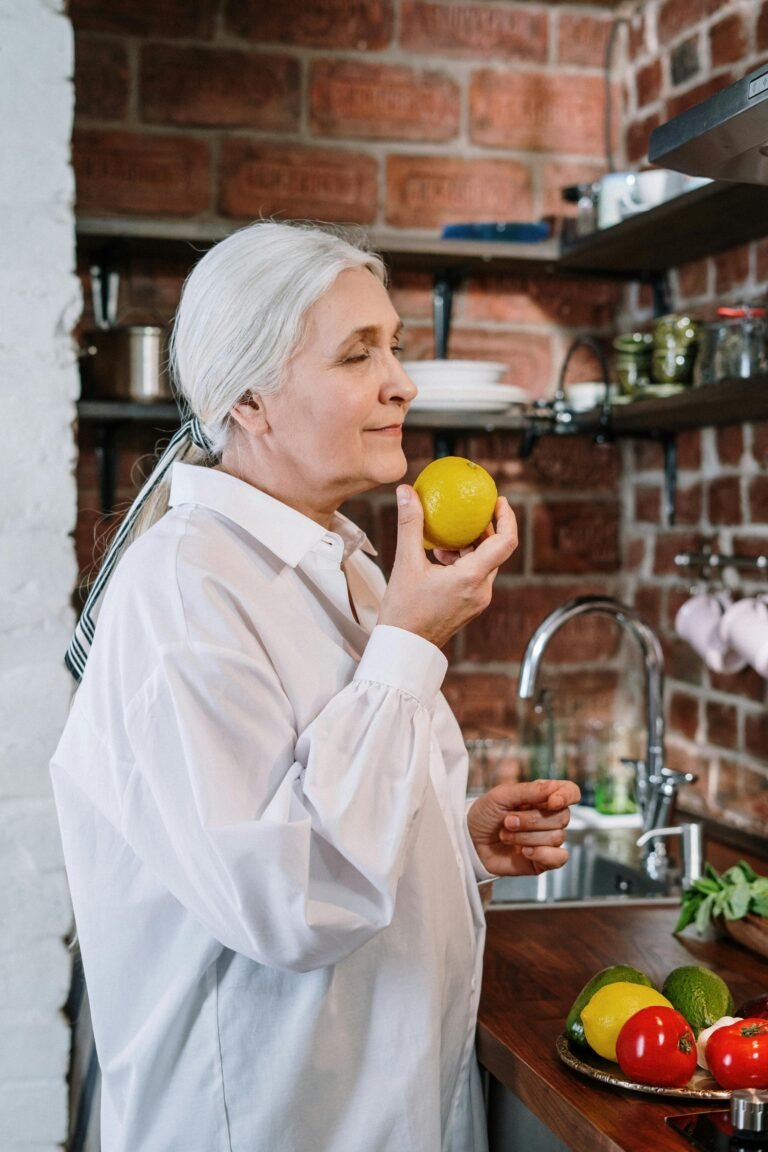Turkish bath, the benefits
The Turkish bath is an aesthetic and healthy wellness practice: all based on water and heat. The benefits are numerous.

The Turkish bath has Mediterranean origins compared to the sauna, which is purely Finnish.
The Turkish bath has always been part of the wellness practices of different cultures: from the Arab hammam to the Roman Turkish bath .
In fact, since the time of the empires of the Egyptians, Greeks and Romans, body care (now called SPA, Salus per Aquam ) was contemplated.
There are traces of ancient Roman baths on the island of Ischia for example where natural sources of heat and salsobromoiodic water have made it possible to create suggestive places for the care of the body and its well-being. The Arab Hammams have taken up this traditionwhich marries the culture of purification of the body to the contemplation of beauty.
How is a Turkish bath made?
There are various versions of turkish bath: generally the material used for the construction of the turkish bath must withstand the high rate of humidity , heat. It must be an easily washable and sanitized surface . There are therefore Turkish baths in ceramic or in more modern materials such as Corian, with smooth tops that guarantee perfect sanitation.
Modules have also been developed for the use of the Turkish bath at home. Prefabricated structures are sold that allow access to a sort of do-it -yourself Turkish bath , in the comfort of the four domestic walls, without masonry work.
In these cases it is also possible to personalize the treatment , with the addition of essences, for example balsamic to improve breathing and well-being of the airways, or relaxants to relax the muscles and sedate the central nervous system.
The Turkish bath session
The turkish bath consists of a treatment in which, in a closed room, the temperature is brought between 40 and 60 degrees, the heat is spread throughout the environment through vents from which steam comes out that creates a sort of fog with a percentage humidity ranging between 90 and 100 % .Usually the Turkish bath includes distinct phases: initially it is advisable to take a lukewarm shower , to wash off surface impurities and open the pores. Then you enter the Turkish bath proper, where you can remain in a sitting or lying position for about 15 minutes. At the end you go out and proceed with a cold shower.
The cycle can be repeated several times at the end of which it is recommended to remain relaxed for at least a quarter of an hour, to restore the correct thermoregulation processes , regulate heart beats and blood pressure, replenish fluids by drinking water at room temperature and eat fruit
Generally , the Turkish bath does not create problems for those suffering from low blood pressure unlike the Sauna, but if you are subject to fainting, dizziness, serious circulatory problems it is however contraindicated as a precautionary principle. Pregnant women are also advised to postpone the Hammam practices. at more appropriate times.
Turkish bath, the benefits
The Turkish bath brings numerous benefits , which go through sweating, purification of the skin and fluidification of the breath. Let’s see in detail:
- Cleans and moisturizes the skin which, through sweat, expels toxins; it is therefore useful in case of acne , eczema , non-viral dermatitis ;
- relieves joint pain and muscle stiffness, as it exerts an anti-inflammatory action, relieves and de-stresses, releasing any excess lactic acid;
- improves blood and lymphatic circulation , thanks also to the vasodilatory action of the heat and vasoconstrictor of the cold shower
- counteracts water retention ;
- increases the immune response ;
- it allows to improve the symptoms due to colds and sinusitis : the heat allows to dissolve the mucus and expel it;
- when used in alternation with cold showering it tones and revitalizes;
- improves the response to stress , inducing deep relaxation;
- improves sleep and rest in general;
- accelerates the metabolism





























+ There are no comments
Add yours